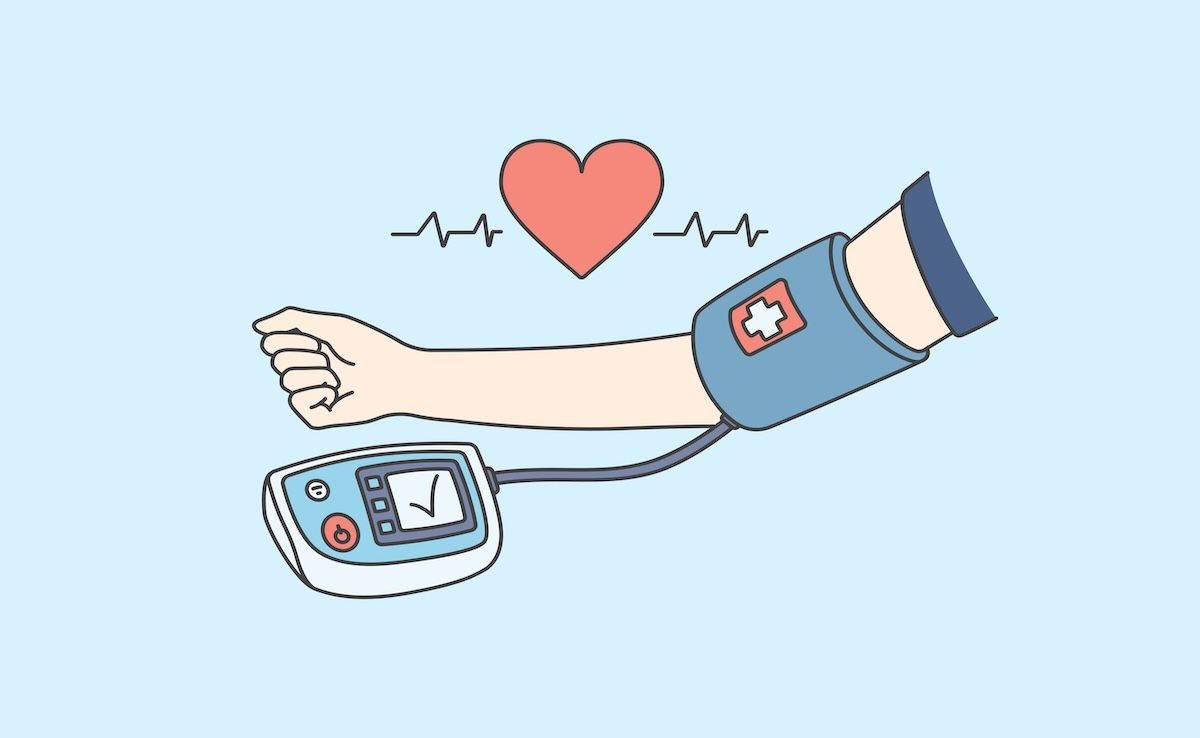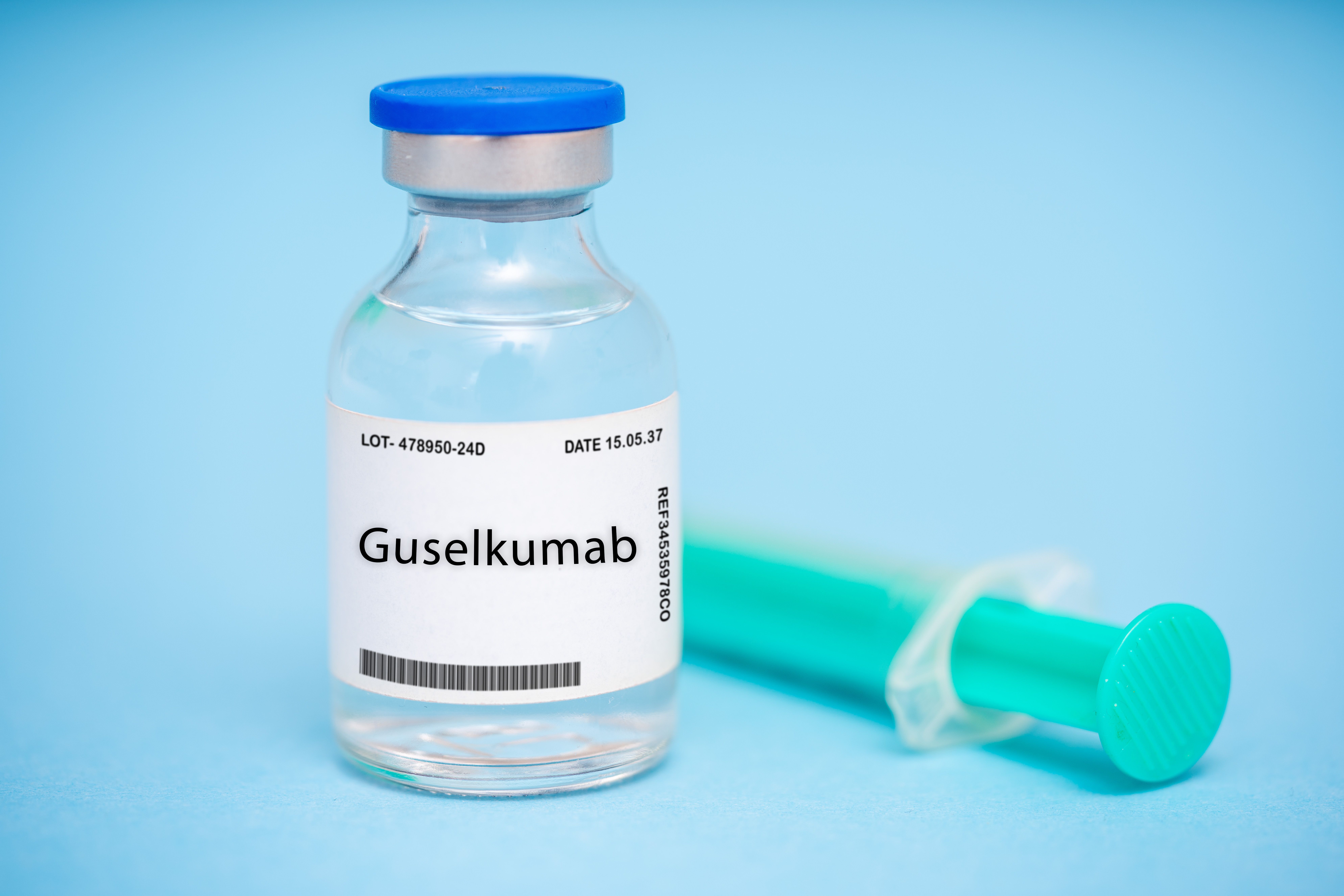Video
Considerations for Transplant-Ineligible Patients
Keith Stewart, MB, ChB: How much are patients doing what their doctor tells them versus researching and saying, “I don’t like the sound of cardiac toxicity or neurotoxicity. I’d prefer 1 or the other?”
Mary E. DeRome: I think that having that level of knowledge is a little bit unusual, but there are certainly patients out there who ask those questions. One of the things we’ve seen in our patient navigation center, and some of the things that we’ve seen online from patients in our Facebook groups, etc, is that patients are interested in alternative medicine and other ways of sort of augmenting their therapies, and that’s a little…
Keith Stewart, MB, ChB: Do you encourage that?
Mary E. DeRome: Of course not. Certainly, our response to that is that if you are interested in alternative therapies, please discuss with your doctor before you try anything. I think, in general, it’s a pretty bad idea for people to think about going off their therapy and using an alternative therapy. So that’s certainly something that patients need to discuss with their doctors up front, and that’s what we encourage.
Keith Stewart, MB, ChB: What about cost, here? Kyprolis [carfilzomib] and bortezomib are going generic in some countries already—Canada I think, although, I guess still it’s only intravenous delivery, so there’s still the subcutaneous branded product. Do you think that cost will factor in when comparing it? Do you think there’s a big enough difference in favor of Kyprolis [carfilzomib] to justify the increased cost for the payer?
Rafael Fonseca, MD: I think you can answer that 2 ways. If you’re a patient, if I was a patient—and I’ve never been sitting in that chair—I know today that I would want to get carfilzomib as my preferred treatment. If you live in a country with resources that have to be allocated in a way that it’s different from ours, I would say it’s a perfectly legitimate thing to be using not only that but also CyBorD as an induction regimen.
Keith Stewart, MB, ChB: What is CyBorD?
Rafael Fonseca, MD: Bortezomib combined with cyclophosphamide [and dexamethasone]. I think in the United States, truth be told, if we look at efficacy and toxicity, and I think in a growing number of myeloma experts, the opinion is that KRd [carfilzomib, lenalidomide, dexamethasone] should be the standard induction therapy.
Andrzej Jakubowiak, MD, PhD: And to some extent, the FORTE trial is further validating that there is no RVd [bortezomib, lenalidomide, dexamethasone] as a comparator in this study. But both arms, to some extent, are almost mirroring what we have previously observed. To the patient discussion, which I have as making my points, what to choose between 1 or the other regimen, eventually what makes the biggest argument is when they look at Kaplan-Meier survival curves. And I will tell them that with this type of treatment at 4 years, your probability of relapse will be, say, 20%, 30% when we have KRd [carfilzomib, lenalidomide, dexamethasone] and transplant. Those are our data, what we have, versus more than 50% when you go with RVd [bortezomib, lenalidomide, dexamethasone], with or without transplant. This is very much an appealing argument, short of...evidence from randomized trials.
Keith Stewart, MB, ChB: What do you tell your patients about toxicity of carfilzomib, particularly as it relates to the heart?
Andrzej Jakubowiak, MD, PhD: Everything that I know. It’s a hard discussion that I have. I cover everything that I know. In short, there is no question that bortezomib has an Achilles’ heel, as I call it, in the form of neuropathy—which is more than most patients want to take, there is no question about it. That Achilles’ heel for carfilzomib is cardiovascular, cardiopulmonary toxicity. And I tell them that more than 30% of patients will have some subjective impact of this toxicity on how they feel, in the form of fatigue.
Keith Stewart, MB, ChB: What is your estimate of how common it is in a newly diagnosed patient?
Andrzej Jakubowiak, MD, PhD: In about 30% to 40% of patients, there is some level of what we call dyspnea, suppression of…
Keith Stewart, MB, ChB: As high as that? You think it’s...
Andrzej Jakubowiak, MD, PhD: Yeah. That’s coming from the studies you have combined. In fact, they are very subtle. We can pick it up by talking to the patients.
Keith Stewart, MB, ChB: Serious cardiac toxicity…
Andrzej Jakubowiak, MD, PhD: Serious is less than 4%, and with good management it would be less than 4%. That’s what the discussion is. If toxicities emerge, we’ve learned how to do it to avoid being in this 4%. And we also can manage that 30% and have efficacy and not necessarily toxicity, which is unacceptable.
Mary E. DeRome: And we do hear from patients a lot that neuropathy is a very serious problem for patients. I’ve actually heard patients complain that their doctors never really told them how serious neuropathy could be when they were talking about which initial therapy they could go on. It’s a big concern.
Keith Stewart, MB, ChB: It’s less a problem now, but in the early days, not having the experience, people would keep treating beyond the first symptoms, and that could get pretty bad.




